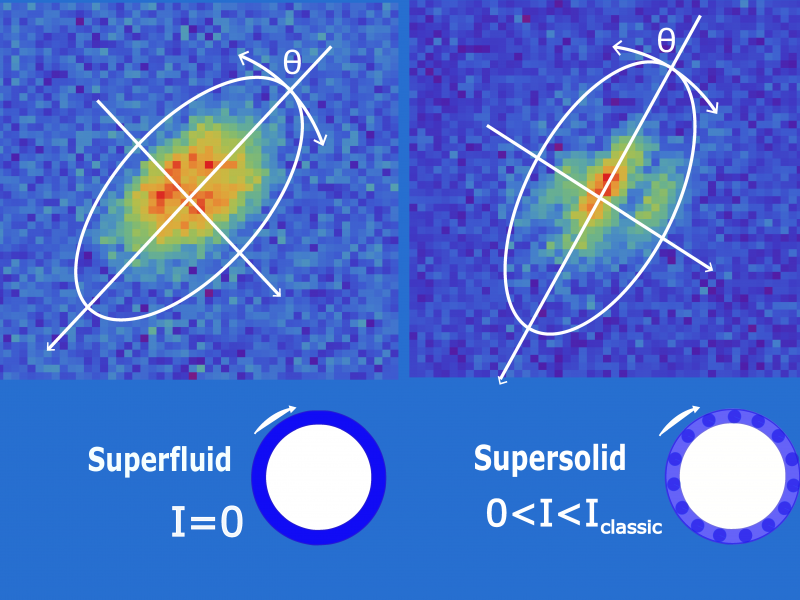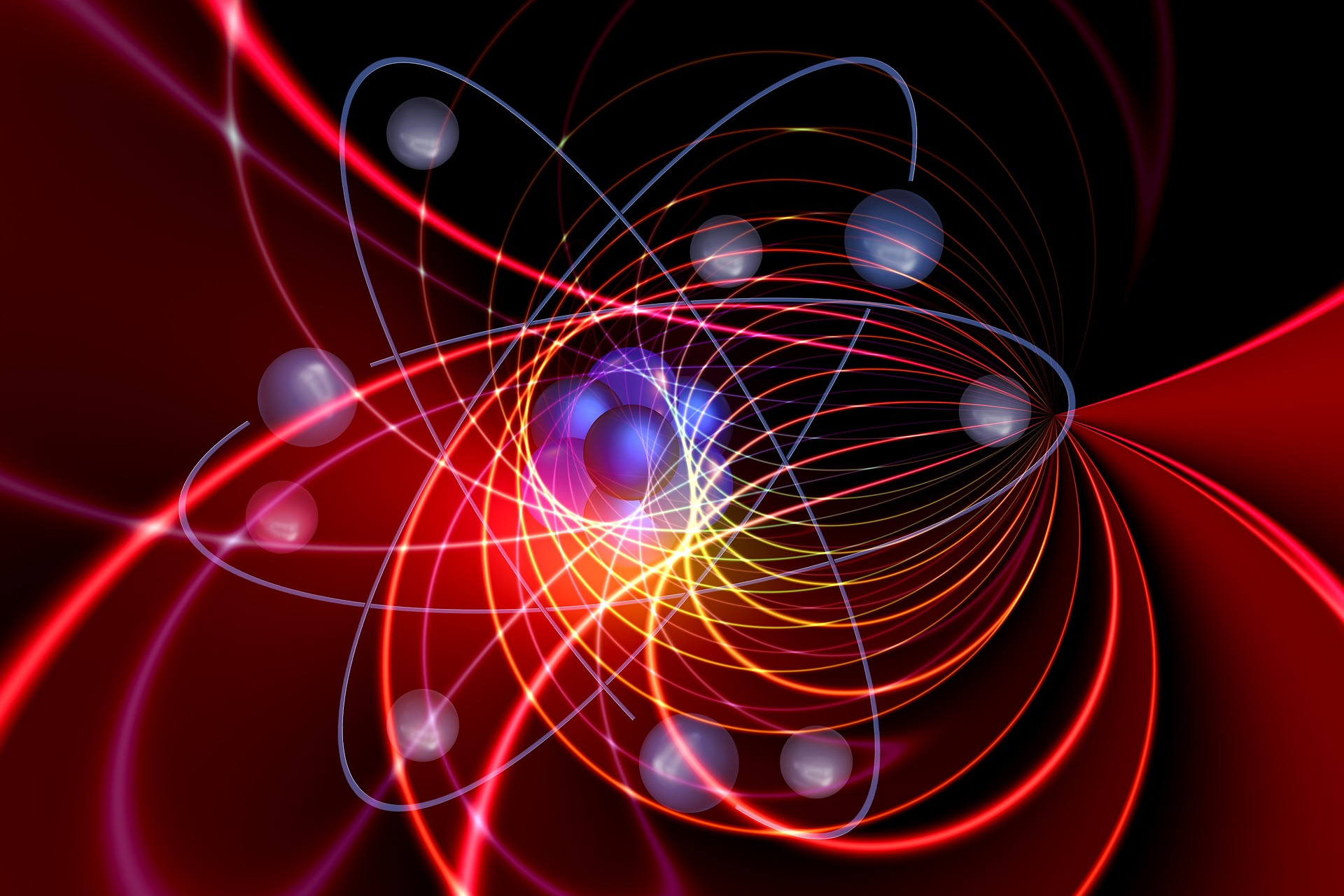© 2000-2023 - Enkey Magazine - All rights reserved
ENKEY SNC - VAT ID IT03202450924 / REA Code CA253701 - Phone. 078162719
Supersolid that rotates without inertia: It was discovered a property of the new quantum state of the matter. Let’s discover together waht it is and how the research started.
What’s a supersolid
Supersolid is the state of the condensed matter that simultaneously has a crystal structure and the properties of a superfluid. This particular kind of matter is made by atoms that can flow without friction.
It is a material where the atoms reached the quantum state of minimum energy and the atoms are able to flow between them with zero viscosity.
Supersolid: the steps of the Physics
An experiment demonstrated that the supersolid, a new shape of matter discovered in the 2018, can rotate without inertia.
A step forward for the physics of the future because this new shape of matter joins the characteristics of a solid and the ones of a superfluid.

The protagonist of the research is a team of the National Institute of optic of the national council of the researches of Pisa (Cnr-Ino), of the European lab of not linear spectroscopy (Lens) in Florence and of the Physics and astronomy department of the University of Florence that published the study on Science.
How did they arrive to the discovery of this new shape of the matter? Let’s discover it.
The research of the supersolid
In the 2019 the same researchers already demonstrated that a superfluid gas at very low temperature can develop a solid structure. This happens if the atoms in the gas are strongly magnetic. From here the supersolid was born.
The atoms act like powerful magnet, by interacting between each other so to make a periodic structure.
Even though this the research shown even that these atoms are stuck and they can’t freely move through the system, like a superfluid.
In this new research the scientists verified the accuracy of the theories of 50 years ago of the Nobel prize A. J. Leggett, which hypotized the existence of the supersolid and he argued about the new state of matter, of how it might have an intermediate inertia between the one of a superfluid and the one of a normal solid.
The idea of the superfluid
To put in rotation a normal material (solid, liquid or gaseous), we need to make a force. Basically, we have to give to it a certain speed that is quantified through the so called moment of inertia.
We know that the superfluids, like the liquid helium, rotate without inertia because their particles are relocated along all the system. For this reason we can’t follow the movement of the single particles.

The researchers used a technical similar to the torsion pendulum of the helium, with the gas that rotate back and forth, as it’s attached to a spring. From the swing frequence they deducted the inertia of the supersolid which can be big or small, even if it has a very clear solid structure.
This observation demonstrates the coexistence in the supersolid of the superfluidity and of a solid structure, a conceptal breakthrough in the matter physics.
Even though the supersolid is small and it lives in extreme conditions of temperature and pressure it represents a very important proof field about the ideas on the innovative materials.
The phenomenas that we are seeing in the supersolid have a high similarity with the superconductors. The hope is that one day, while discovered all the basic properties of the supersolid, it will be possible to plan them on other kind of superfluids and superconductors that can live even outside the lab.
Prospective of development
Thanks to these discoveries there are important development prospectives.
The excellent results obtained from this important line of research show how the ultracold atoms can be the base for the simulation of other quantum devices.
The Cnr is investing on this aspect, by creating in Florence and Pisa a national infrastructure for the realization of quantum processors that will be soon make available for the productive sector.
This post is also available in:
 Italiano
Italiano

